Inclusion, or to include, is an action by which all people irrespective of race, color, ethnicity, sex, gender, sexuality and so on, are made to feel part of a group. To include this, you must remove all barriers to equal opportunities and treatment. However, the idea of inclusion stems from the acknowledgment of this plethora of different identities.
So what happens when the barriers to inclusion happen to fall within one of these identity groups?
There is no shortage of social media posts plastered with slogans like “embrace your uniqueness” or the occasional “don’t try to fit in when you were made to stand out.” As pleasant as it is to think of these performative messages as being transformed into our reality by one simple repost, this positivity surrounding inclusion seems to be restricted to the white grids of Pinterest or a poster stuck around campus.
I have seen many similar, cliched messages either reposted on my peers’ Instagram stories , or stuck to the walls of their dorm rooms. However, in my opinion, there is a lack of actively carrying out what these frivolous messages preach: to embrace one’s own unique identity.
Specifically, I would highlight the South Asian community at Wake Forest to be somewhat out of touch with their Brown identities, which only deepens an already existing divide between American-Desi and Desi International students.
Casual racism
For a long time, South Asians have been the easiest target for casual racism, with many of us being “othered” from early childhood.
I use “casual” and “easy” in the same sentence as racism because quite honestly that is how prevalent this phenomenon is. Making fun of an Indian accent may have been done by one of your friends, or maybe you have found yourself shaking your head in what is known as the “Indian head wobble.” In fact, I am sure I have pulled out the Indian accent once or twice just for a laugh. But that’s where the situation gets awkward — why am I as a South Asian using the subtle racism card against my own kind just for a weak laugh from some friends?
The whole idea of South Asian racism has found its catalyst in the self-hatred many South Asians had developed from an early age. A prime example would be Netflix’s “Never Have I Ever.” Whilst the main character Devi was the representation many South Asian-American girls had been waiting for, was the representation we were asking for a character rooted in self-hatred?
It’s no secret that creator Mindy Kaling adores putting forward self-hating brown characters wanting to dispel every trace of their South Asian identity in the disguise of a “Strong brown female lead,” but must we carry this narrative into real life?
If you’ve watched the series, you might recall the episode where Devi walks into a coffee shop wearing a traditional outfit, and immediately a young, white girl asks her if she is “dressed as Princess Jasmine.” This treatment of South Asians, or really any POC, and their traditional garb being equated with “costumes” is what I feel fuels the need for some of us to distance ourselves from our culture as easily as if taking off a “costume.” In fact, this scene reminded me of something I witnessed last semester after a SASA (South Asian Student Association) event where a group of people I had just watched dance Garba, walk into ZSR in full cultural attire but walk out in Western clothing.
From what I deduced, in order to avoid any looks or comments, they had swiftly changed into what might be considered ‘normal clothes’ just to walk back to their dorms. Though I do doubt the men would have been mistaken for Princess Jasmine any time soon.
Being South Asian had never been “appealing” to the West until its subtle gentrification made it more easily digestible. The West scrunched noses at our food until one day we woke up to the news that “chicken tikka masala” and “mango lassi” were now cool. Our clothes were too glittery, too costume-like, too gaudy until Coachella decided lehengas and bindis were the new “boho aesthetic.” Whenever I hear white people tell me they love Desi food, I hold my breath until they finish their sentences with “I love butter chicken!” each time.
This is not to say I have something personal against butter chicken, but just a plea for people to expand their definition of our cuisine, our culture.
Wake Forest, despite it undoubtedly being a white school, has strong populations of Black, Latin American and Chinese students. Yet within our South Asian population, I have felt the divide.
The South Asian experience at Wake Forest
Unlike the other communities, in which a secure and collective identity is inherently visible, I see the South Asian community at Wake Forest as partitioned into two parts: South Asian-American and South Asian full stop. This divide is a blatant communication barrier between those who are international students and those who identify themselves as Indian American or Pakistani American and so on.
This divide isn’t unnoticed by members of the community. Countless times I have seen a fellow international, South Asian student switch up their accent when talking to someone who wasn’t ‘brown brown,’ adding an American twang to it, or enunciating their vowels. Maybe we feel as if it will get us to be accepted into this circle of people who look like us, but otherwise feel so different from us that they could be aliens.
You may be wondering what I mean when I say “brown brown.” When I meet people who look South Asian, the first indicator that they’ve been raised in the West is that they draw off their South Asian knowledge from what seems like meme pages. They hold perspectives on South Asia that are drawn from stereotypes and jokes made about that part of the world. On top of that, they usually haven’t spent much time there, making it apparent that their ideologies come from their parents’ experiences. That is what it is not.
To me, “brown brown” South Asians are students who don’t make unnecessary jokes about their culture to make the other person feel comfortable. However, I do understand that this is more difficult to achieve when having grown up in the West.
I acknowledge that when the only connection to your South Asian culture you may have is a character like Devi from “Never Have I Ever,” who is presented as self-hating with a distorted connection to her own culture, it may be hard to find a role model for a South-Asian Americans that embraces their heritage..
Which leads me to question: have we, as South Asian students at Wake Forest created a space for ourselves here or are we just trying very hard to squeeze ourselves into the spaces that are left vacant?
Recently, Wake Forest students had the opportunity to attend “Holiday Fest,” which felt to me as being a celebration of seemingly unrelated holidays. Do we not think we deserve to take up enough space to demand separate celebrations for Diwali, Holi, Eid, Ramadan and everything in between? Was Holiday Fest the only time we could appear to embrace our South Asian identities, and it be socially acceptable? Or if I walk out in a Pakistani outfit on Eid, will I be looked at how Devi was looked at in that coffee shop?
As someone who has spent the entirety of my life in places where I was part of the majority, in the Middle East and Pakistan, it has been easy to accept and appreciate my South Asian identity — which is why I recognize it would be entirely different when growing up on this side of the world. I assume that years of American-Desi’s trying to separate personal identity from brownness have noticeably left a gap when interacting with people who are, well, brown brown. After years of trying to distance ourselves from our brownness in Western environments, we must learn, or go the extra mile, to undo these impacts of the idolization of whiteness.
Being South Asian or South Asian-American are identities that I am not trying to alienate from one another, but rather familiarize with each other. In the brown identity we share, I believe it is time we remember that our brownness does not come off with our lehengas or with the last bite of naan.


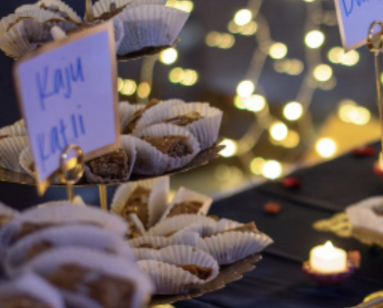
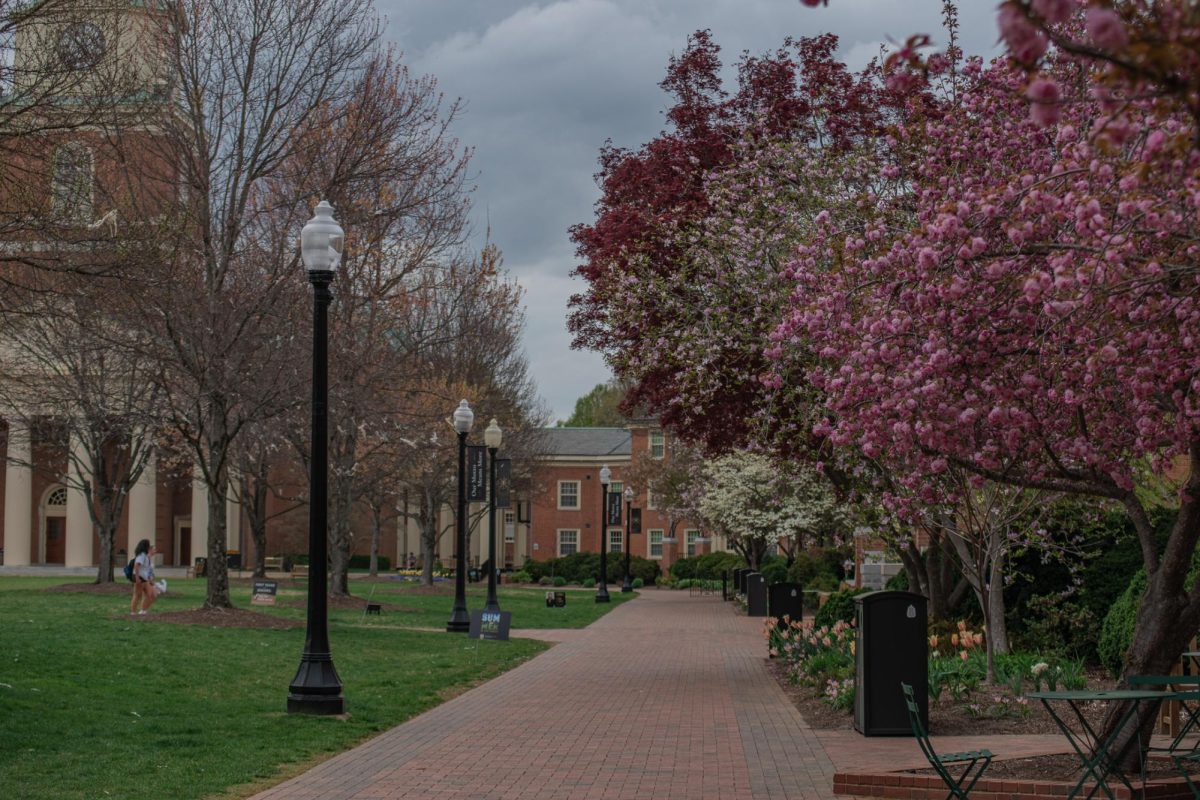



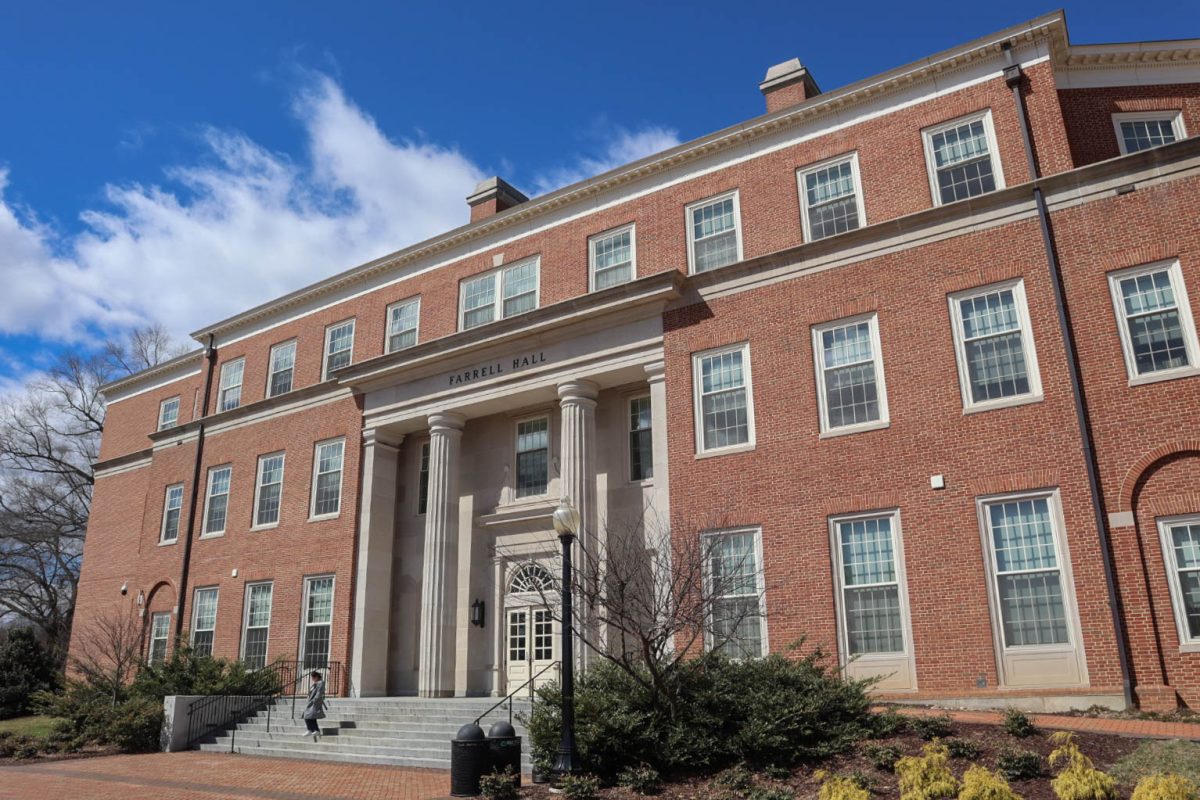
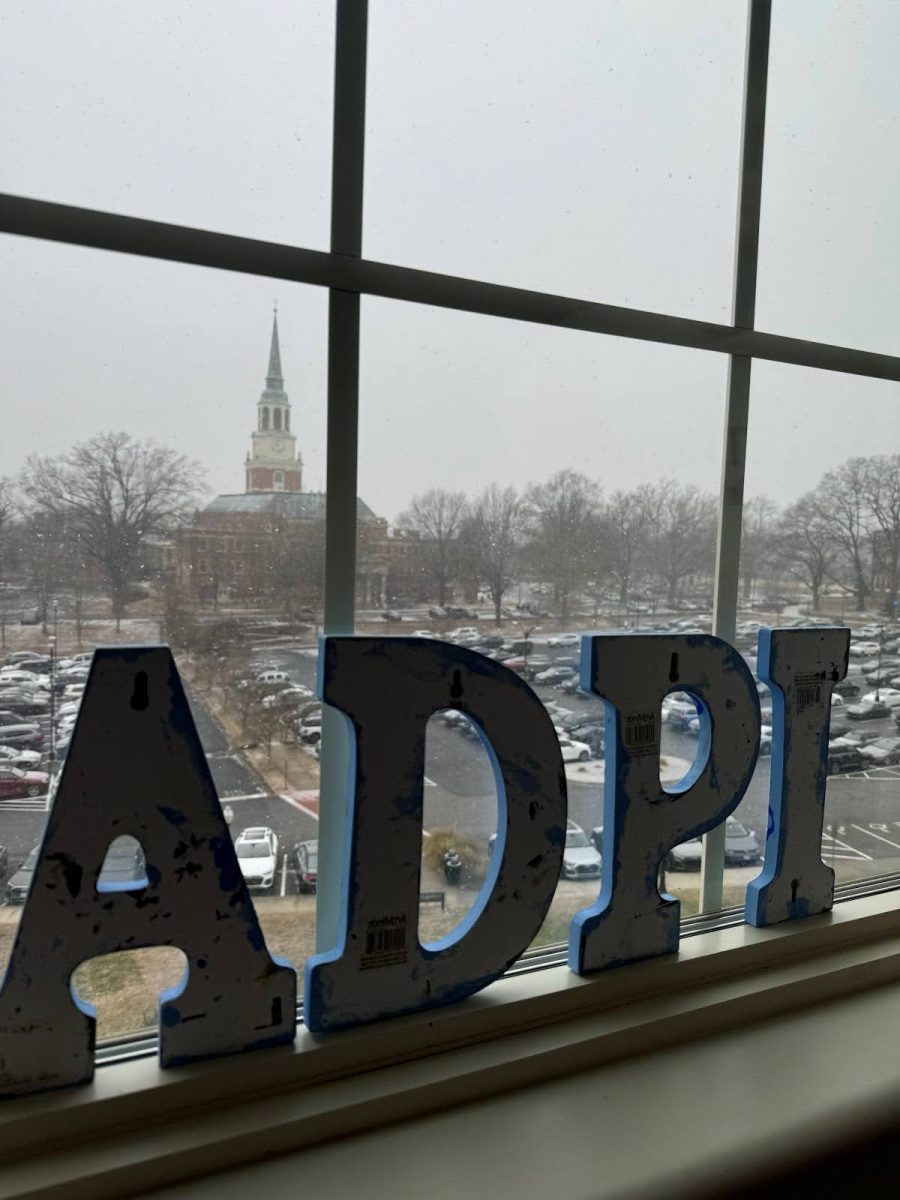
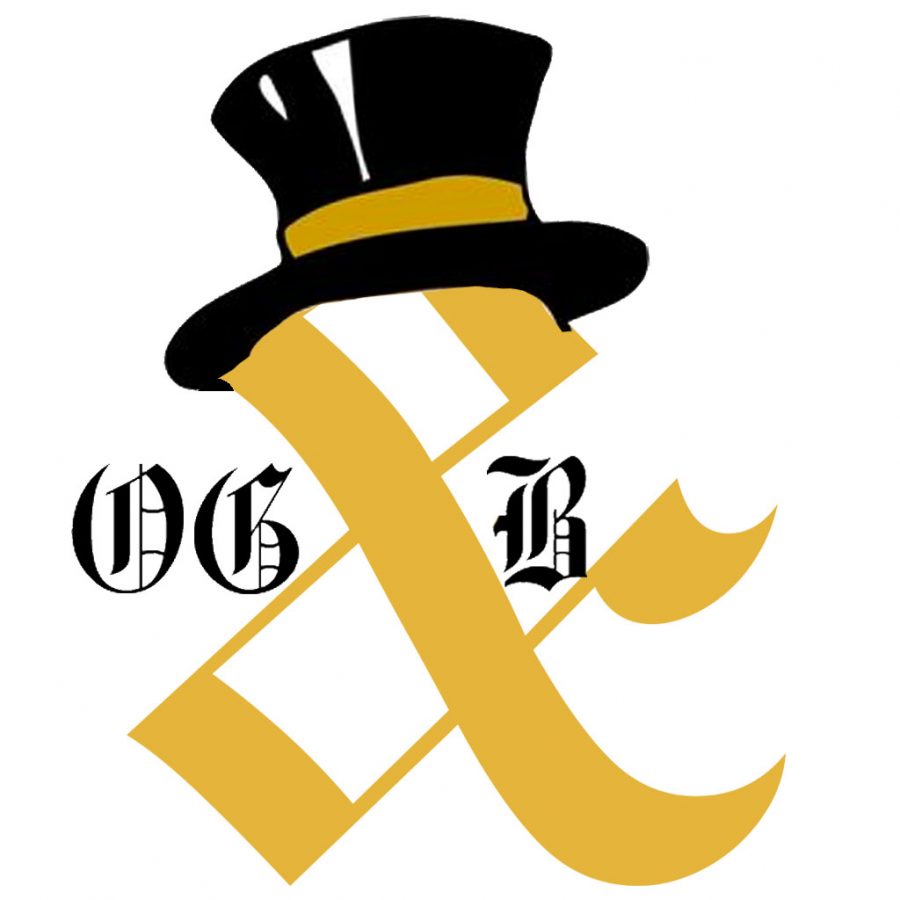

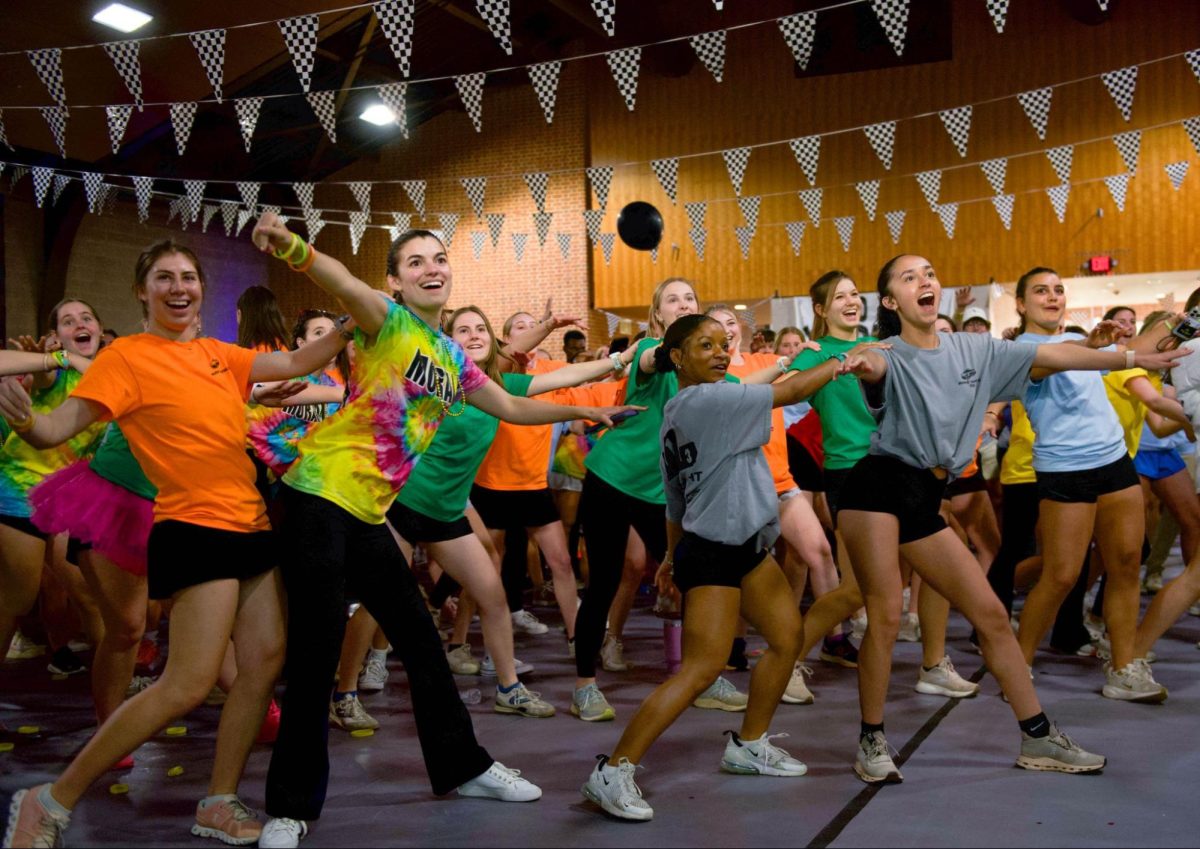

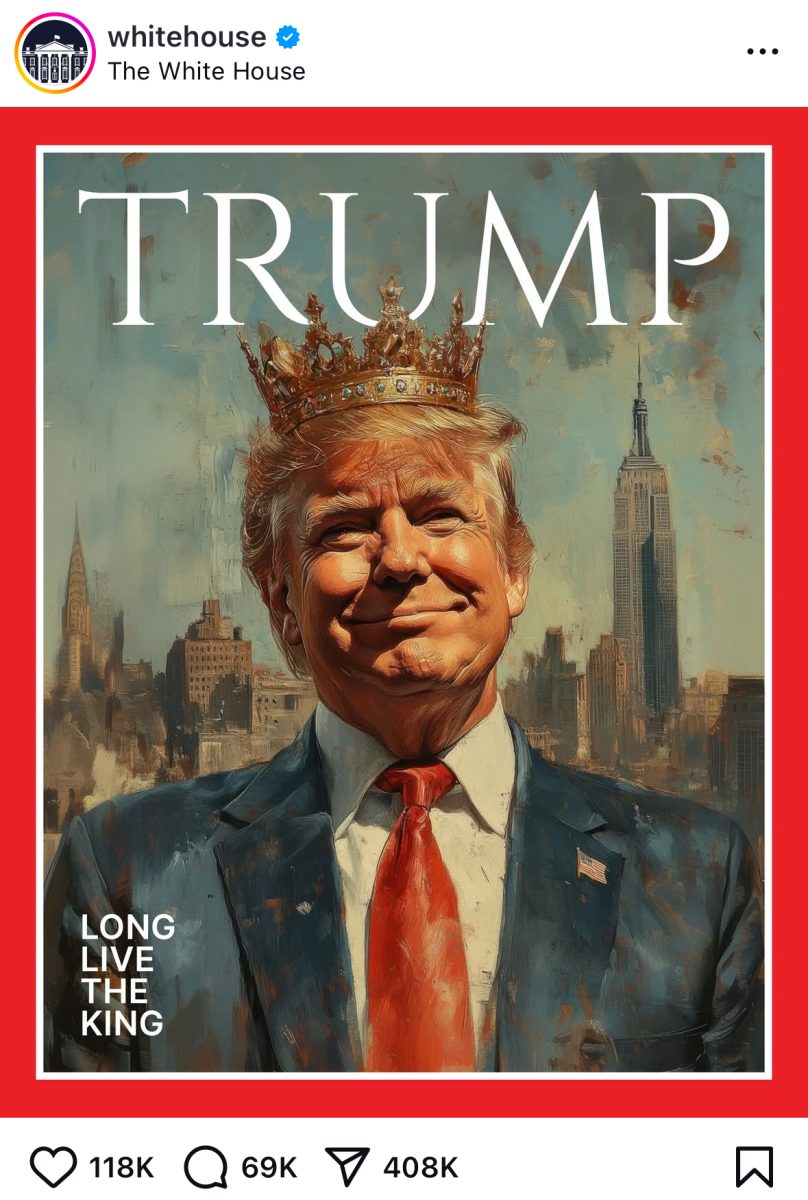
Kaamil Farooqi • Mar 26, 2024 at 12:55 pm
As a Pakistani American 5th year Master’s student at Wake Forest and a former member of DKE, it’s really not hard to make friends at this school. I am proudly attending the Holi this weekend with my “multi cultural” and “multi racial” friend group.
Ameera Moinuddin • Mar 26, 2024 at 9:10 pm
good to hear!
Anusha Vora • Mar 26, 2024 at 11:32 pm
Kaamil, I totally agree and think that if effort is made the South Asian community can be comfortable and happy at Wake. I for one, have loved my experience here and the mix between my two cultures.
syed abdullah • Mar 25, 2024 at 8:45 pm
well said !! as a pakistani international student i noticed this too.
hello • Dec 10, 2024 at 3:54 pm
im a fellow pakistani, who applied to wake, how can i contact u on instagram